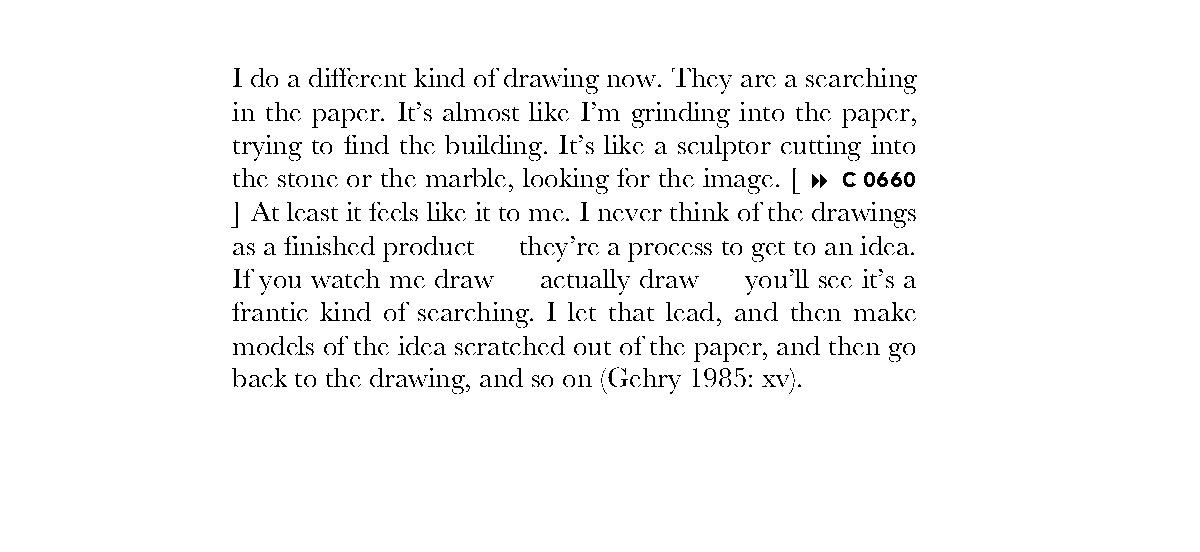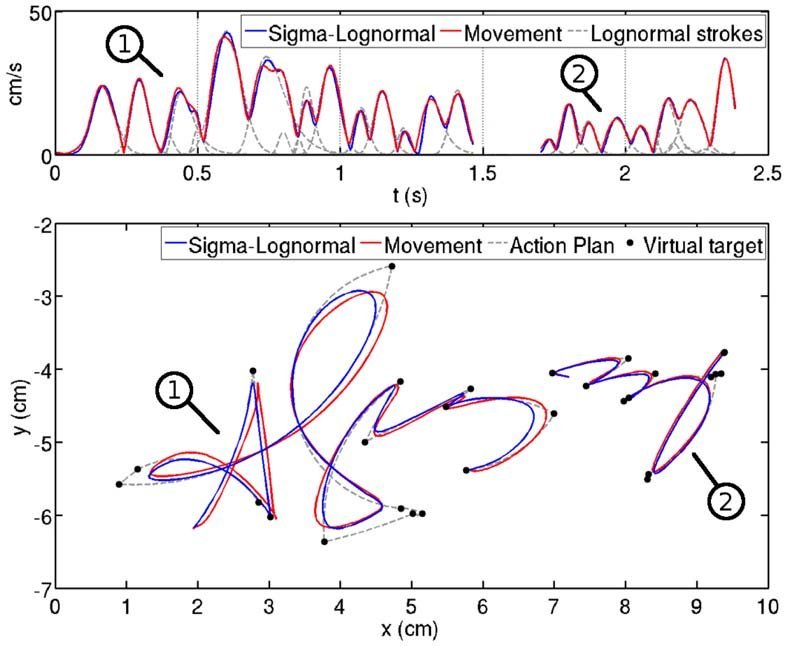A Constructive Madness wherein Frank Gehry and Peter Lewis spend a fortune and a decade, end up with nothing and change the world
Written by Jeffrey Kipnis, the Wexner Center's interim chief curator of exhibitions and curator of architecture and design, A Constructive Madness captures the human drama surrounding an incredibly significant, but ultimately unrealized, architectural project. Peter Lewis, chair of Ohio-based insurance giant The Progressive Corporation, hired architect Frank Gehry to design a house in suburban Cleveland.
Over the next nine years, the project grew in scope, ambition, and budget and became a touchstone for the architectÌs most experimental ideas. The Lewis house (and an enigmatic piece of red velvet) played a central role in transforming Gehry's style and his attitude toward the use of the computer as a creative tool in design.
Written by Jeffrey Kipnis, the Wexner Center's interim chief curator of exhibitions and curator of architecture and design, the film premiered in August at a benefit screening presented by the Aspen Filmfest. To Kipnis A Constructive Madness is "not a lecture or a lesson, but an entertaining story, a drama expressed in the medium of architecture." (61 mins.)
THE AESTHETICS OF IMPERFECTION RECONCEIVED: IMPROVISATIONS, COMPOSITIONS, AND MISTAKES…..imperfection is not toleration of errors and imperfections, but a positive aesthetic….imperfections can become new styles or kinds of perfection…..
Notas sobre la ”teoría del autor” en ficciones audiovisuales, Efrén Cuevas
La cuestión de la autoría en las ficciones audiovisuales ha venido ocupando el discurso teórico y crítico acerca del medio cinematográfico desde los años cincuenta, cuando se empezaban a dar los primeros pasos para su introducción en los ámbitos académicos europeos y norteamericanos. Desde que los críticos franceses de Cahiers du Cinema lanzaron su "política de autores" hasta nuestros días, se han venido ofreciendo diversas articulaciones acerca de lo que más tarde se vino a llamar "teoría del autor", casi siempre en torno a la figura del director. En la actualidad, la práctica habitual de la crítica, heredera en buena medida de aquella política de autores propiciada por Cahiers, sigue dotando de plena actualidad a un asunto que desde la perspectiva teórica podría parecer más bien agotada tras los embates de-construccionistas de los últimos años.
Theories of Authorship and Intention in the Twentieth Century. An Overview, Dario Compagno
This article discusses some of the most important theories about authorship and the author’s intentions developed during the last century. It argues that initially Husserl, Croce and the New Criticism firmly divided private intentions on the one side and verbal meanings (constituting an ideal subject) on the other. Then, it introduces Derrida and Barthes who suggested a radical change in perspective by confuting the existence of an ideal conscious subject, of ideal meanings and of private intentions. Subsequently, Booth and Foucault looked for a surrogate of the author and found it in a discursive instance showing the reader a path to the author’s intentions. Lastly, Anscombe and Eco formulated a new concept of public and open intention completely redefining the whole issue. This article, in conclusion, suggests that, in spite of all statements about the ‘death of the author’, it is precisely thanks to the twentieth-century debate that the author was born.







































